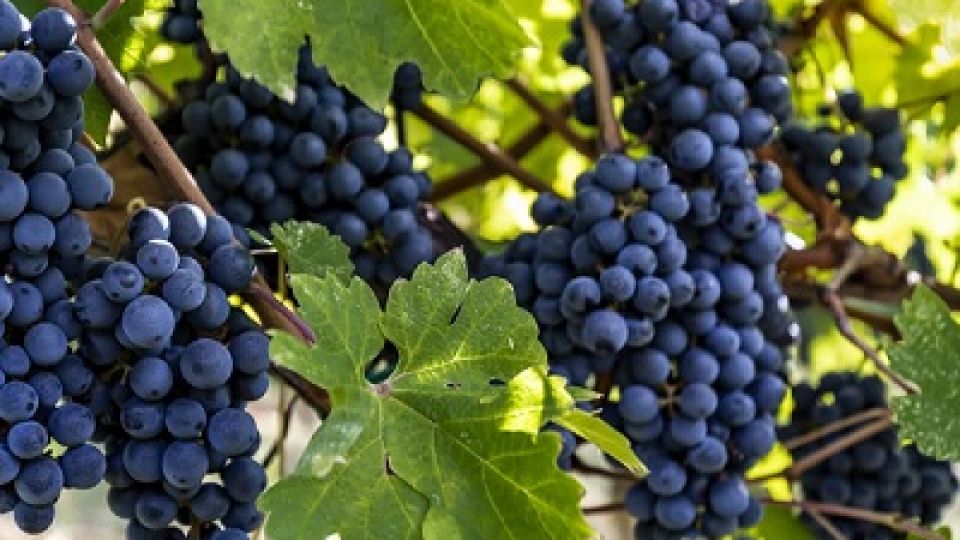by TINTSWALO BALOYI
JOHANNESBURG, (CAJ News) – MIDDELBURG Vineyards is hailed as an innovative partnership driving inclusive agricultural growth.
Through a pioneering model of blended financing, equity ownership, mentorship and skills transfer, with assistance from First National Bank (FNB), it is taking shape as a powerful engine of value creation and generational opportunity.
Middelburg Vineyards is co-owned by Van Loveren and Mzala Wines, an empowerment structure made up of Van Loveren employees.
Mzala holds 30 percent of the equity in Middelburg Vineyards, and two seats on the board.
Van Loveren invested capital into the project, and FNB, which joined the project in 2018, provided a combination of commercial debt and grant funding.
The agricultural sector poses unique constraints to the inclusion of small-scale black farmers and overall transformation in the sector is slow.
To address this challenge, FNB and Van Loveren Vineyards partnered to explore an innovative inclusive financing and development model that is already creating significant value.
In 2011, Van Loveren identified an 832-hectare tract of empty Karoo bushveld on the outskirts of Robertson with the potential to become a productive farm.
The process of applying and being granted water rights for the land took seven years, during which time an empowerment partnership was formed to commercialise the land and contribute to transformation.
“Business analysts think in quarters, CEOs think in financial years, but farmers think in generations,” Phillip Retief, Chief Executive Officer of Van Loveren Vineyards, said.
The project has already created substantial, tangible value.
When the land was first identified it had a value of R6 million (US$ 319 414).
In 2019, the first vineyards were planted, alongside cherries, almonds and citrus, and take-off agreements for the produce have been finalised.
Today, after the planting of fruit and vineyards and the construction of dams, irrigation, trellises and other infrastructure, the land is worth approximately R117 million, with its long-term value yet to be realised.
Gert Breet, Head of Business Development at FNB Agribusiness, said there were three key components necessary to the success of the Middelburg project.
“Firstly, we needed to partner with like-minded stakeholders,” Breet said.
Stakeholders needed to share the same vision of success and transformation.
The partners needed a partnership model that would support the outcomes they were pursuing, and which would do so over a generational timeframe.
Finally, they needed innovative thinking around the application of this model.
Van Loveren has been a pioneer of innovative socio-economic development over the past two decades.
Prior to Middelburg, the company launched the De Goree initiative, which saw 138 hectares of vineyards planted in partnership with a 52 percent ownership structure comprising 42 female and 46 male workers and a four-member board of directors.
De Goree’s grapes are used to produce Van Loveren’s Five’s Reserve wine range, the profits of which are shared with employees.
In 2015, Van Loveren launched Olyfberg, another B-BBEE project with the Karaan Family Trust as 51 percent shareholder, which increased the black-owned grapes harvested by Van Loveren to 15 percent of its total.
Mzala was designed to include a smaller group of shareholders than the De Goeree initiative.
Mzala comprises 18 shareholders, all of whom, with the exception of one, are Van Loveren employees.
Livingstone Stanley, an industry expert, was engaged for his business acumen and to act as a mentor to the other shareholders.
“I am privileged to be involved in a project of this nature,” Stanley said.
Retief believes once Middelburg Vineyards begins to show a commercial return, the shareholders of Mzala will be able to diversify and pursue other opportunities.
The next leg of the project will involve alignment with sustainability themes including climate risk, as well as enhanced data management, mapping and project development.
“The model is a testament to what can be achieved if you partner, collaborate and think outside the box a bit,” Breet said.
– CAJ News

